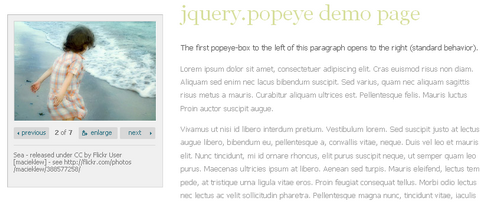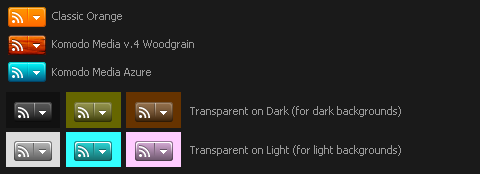Mini Mouse Mania
The default pointing device of notebooks have traditionally been scorned by users and only used as a last resort when an actual mouse cannot be used. Pointing sticks and touchpads are not as flexible nor do they have the precision of a regular mouse. Then there is the problem of sweaty or oily fingers disrupting movement and pointer tracking on touchpads, something every notebook user would have experienced sometime or another. These problems have often prompted users to revert back to using external mice whenever they could, so it is no surprise that mini or travel mice are all the rage these days. In the past we've reviewed a few models from Gigabyte, which fit the requirements admirably. Not to be outdone, BenQ sent us the very suave M310 Wireless Mini Optical Mouse.
 BenQ M310 comes in a variety of color themes. BenQ M310 comes in a variety of color themes. |
Developed primarily as a notebook companion, the M310 comes in a compact oval body that boasts an isometric and ambidextrous design. The dimensions of the mouse is similar to the Gigabyte GM-W9C reviewed
here , except that the M310 is even slimmer. Do not let the size fool you though, BenQ has made some effort to make sure the mouse isn't all plain Jane. For one, the mouse comes in four different color schemes. To our surprise, we noticed that the surface texture also differs from color to color. For instance, the black model has a matte finish with a smooth velvety feel while the red model is sleek and comes with a metallic shine.
Another thing we noticed was the subtle ergonomics of the mouse. Due to its size, there is no way for an adult to comfortably rest their hand or palm on the M310 and the majority will have to use the mouse with only their fingers. For what it's worth, the M310 has slight depressions on its side, forming a contour that acts as a grip. With a device this small, you may not even notice any benefit this feature brings, but as the saying goes, "It's the thought that counts".
Being a wireless mouse, there is surely a wireless receiver to be found somewhere. For the Gigabyte GM-W9C, the receiver is an additional item you have to carry around with you, making it prone to show up in 'Lost-and-Found' departments. Not so for the BenQ M310, the wireless receiver is stored within the mouse itself, along with everything else you need for a stand alone device. Such features are usually reserved for larger mice, but M310 proves that it can be done even in ultra-mini designs.
 USB RF wireless receiver for the BenQ M310 mouse. USB RF wireless receiver for the BenQ M310 mouse. |
 The M310 mouse has a compartment to store the wireless receiver within. One less object to worry about. The M310 mouse has a compartment to store the wireless receiver within. One less object to worry about. |
The M310 has a couple of power saving features that help extend battery life and two AAA sized batteries are estimated to last for more than 3 months. By default, the mouse is powered up when the wireless receiver is ejected from the mouse and is automatically switched off when the receiver is stored. BenQ has built in two additional power saving features you can take advantage off. The first is an automatic sleep mode, which the mouse will enter when idle for 5 minutes. In this mode, you may notice that the sensor LED blinks very slowly. The second is a manual power off mode that can be achieved by pressing all three mouse buttons simultaneously. This fully shuts down the mouse, switching off the optical sensor. You can bring the mouse out of both modes by clicking on any button. The M310 does not incorporate an additional LED to illustrate battery life like the Gigabyte GM-W9C. Instead, the optical sensor doubles up to show status by blinking fast when the battery is low.
 The M310 uses two AAA sized batteries for operation. Batteries are placed to the sides with the middle cavity used to store the wireless receiver. The M310 uses two AAA sized batteries for operation. Batteries are placed to the sides with the middle cavity used to store the wireless receiver. |
 Press the eject button to release the wireless receiver. Releasing the receiver also activates the mouse. Press the eject button to release the wireless receiver. Releasing the receiver also activates the mouse. |
BenQ M310 Wireless Mini Optical Mouse Technical Specifications | Type | |
| Buttons | - 3-buttons with middle scroll wheel
|
| Resolution | |
| Wireless Technology | |
| Interface | |
| Power Requirements | |
| Dimensions | |
Operating System Compatibility Compatibility | |





































